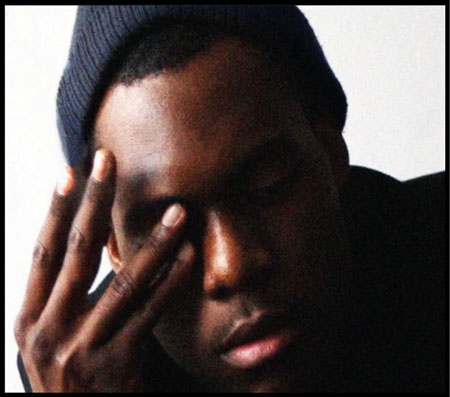Anxiety disorders are among the most common mental health conditions worldwide. While they tend to affect women more than men, men are still widely affected. Due to differing social and biological factors, men’s experiences of anxiety, from coping styles to treatment-seeking behaviors, differ from those of women.
How is anxiety different for men? Image credit: Danil Nevsky/Stocksy.
Anxiety disorders are characterizedTrusted Source by excessive fear and worry, and behavioral disturbances. They include:
generalized anxiety disorder panic disordersocial anxiety disorder
separation anxiety disorder stress obsessive-compulsive disorder (OCD) post-traumatic stress disorder (PTSD) major depressive disorderpersistent depressive disorder.
In 2019, 301 million people around the world were living with an anxiety disorder, including 58 million children and adolescents. Estimates suggestTrusted Source that females are more affected than men; 23.4% of females have anxiety in a given year in the United States, and the same is true for 14.3% of males.
While common in men, anxiety disorders have largely been overlooked in men’s mental health literature, meaning there is little high-quality research on the subject.
Medical News Today spoke with four experts in mental health on topics ranging from how anxiety expresses differently in men and women, to how men seek treatment, and what could improve the way they think about the condition and seek support.
BEZZY COMMUNITY Meet Bezzy for Depression, a community that cares Find encouragement and support through 1-1 messaging and advice from others dealing with major depressive disorder.
Symptoms A 2021 reviewTrusted Source of 25 studies investigating anxiety among men found that symptoms of anxiety differ between men and women.
The researchers found that men report increased anxiety severity and are more likely to report physical symptoms such as headache, loss of appetite, and body tremors, alongside sensations of losing control when compared to women of the same age.
They also found that anxiety among men tends to center on feelings of a lack of control and the perception of “being a failure” if unable to regain control of anxious states. Men also often depict their symptoms as “enduring, ever-present and sometimes life-long.”









